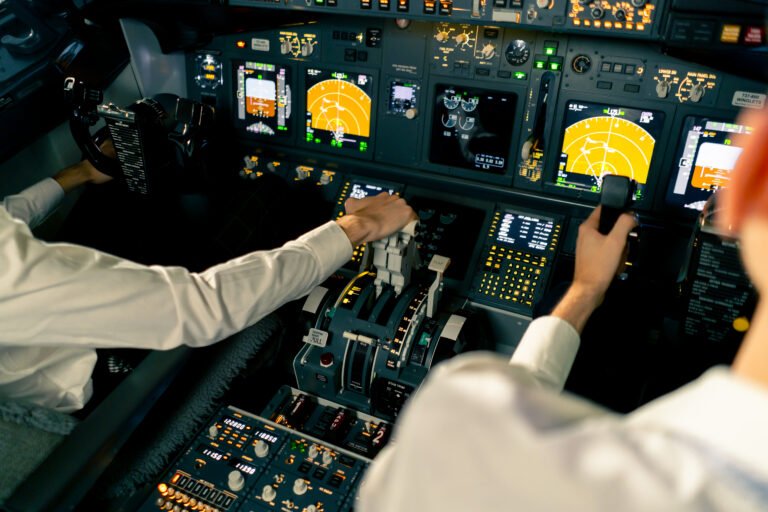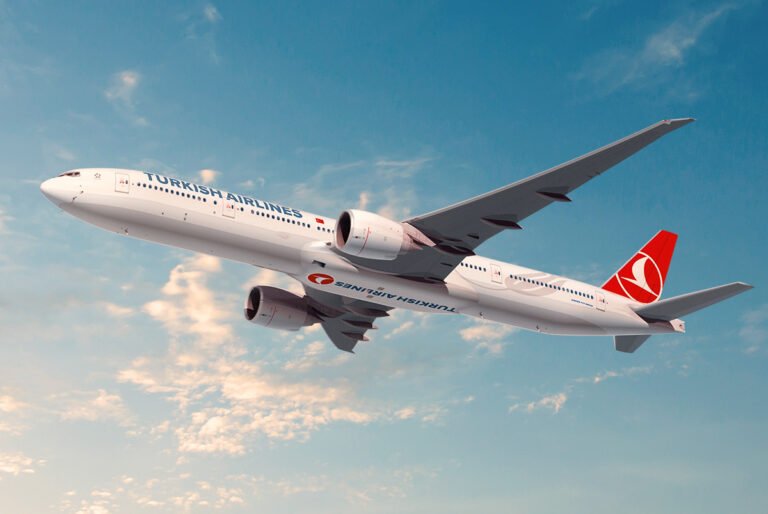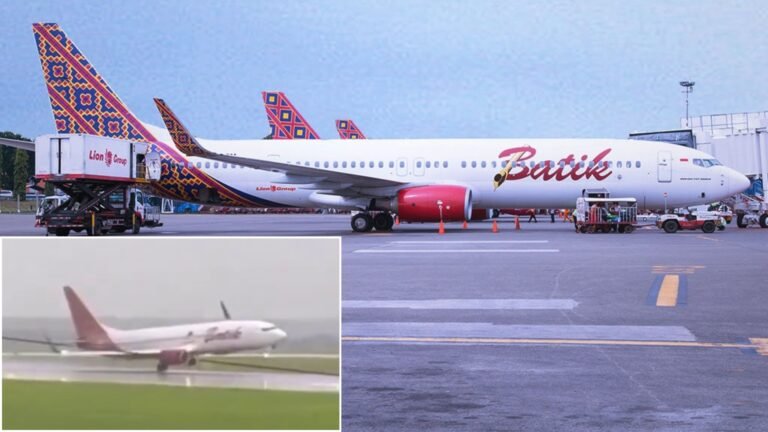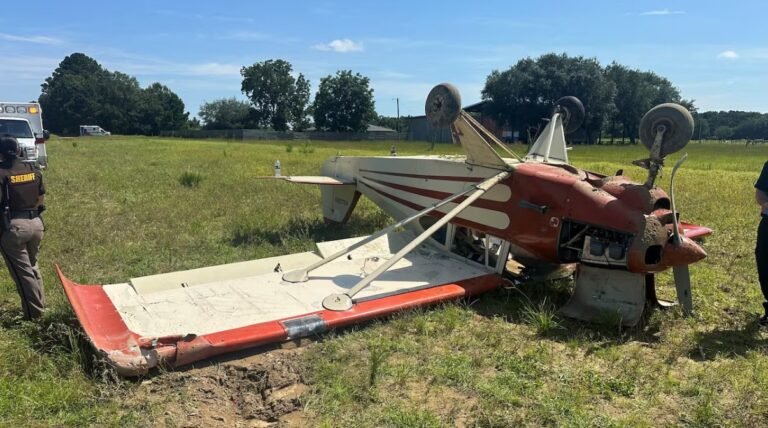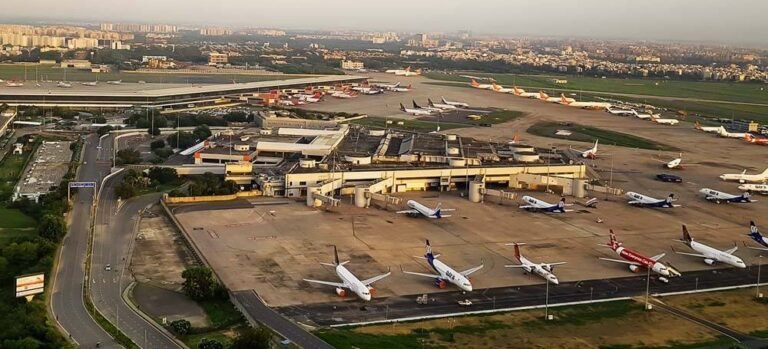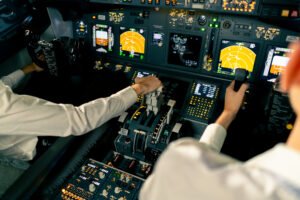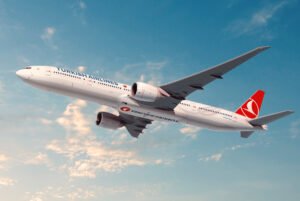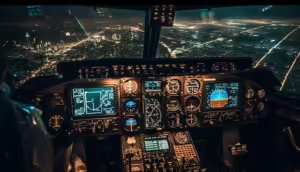Picture credits: Caltech
Pasadena, CA – NASA has concluded the first-ever aircraft accident investigation on another planet, shedding light on the final flight of its trailblazing Ingenuity Mars Helicopter. The investigation revealed navigation challenges that led to Ingenuity’s crash during its 72nd flight on January 18, 2024.
The final flight of the Ingenuity Mars Helicopter was being thoroughly evaluated by engineers from AeroVironment and NASA’s Jet Propulsion Laboratory in Southern California.
Initially designed for just five experimental flights, Ingenuity exceeded all expectations, completing 72 flights over nearly three years. During its final flight, the helicopter attempted a brief ascent and descent but encountered issues in Jezero Crater’s featureless, sandy terrain. NASA engineers determined that the navigation system struggled to track visual landmarks, resulting in a hard landing which led to severe rotor blade damage.
Ingenuity’s achievement as the first aircraft to fly on another planet established the possibility of lightweight, low-cost technology under difficult conditions. Utilizing commercially available smartphone CPUs, the helicopter marked a substantial advancement in space exploration technology.
Håvard Grip, Ingenuity’s First Pilot (JPL), stated:
“When running an accident investigation from 100 million miles away, you don’t have any black boxes or eyewitnesses. While multiple scenarios are viable with the available data, we have one we believe is most likely: Lack of surface texture gave the navigation system too little information to work with.”
Teddy Tzanetos, Ingenuity’s Project Manager added:
“Because Ingenuity was designed to be affordable while demanding huge amounts of computer power, we became the first mission to fly commercial off-the-shelf cellphone processors in deep space. We’re now approaching four years of continuous operations, suggesting that not everything needs to be bigger, heavier, and radiation-hardened to work in the harsh Martian environment.”
“Ingenuity has given us the confidence and data to envision the future of flight at Mars.”
The results of the study will be crucial for creating the Mars Chopper and other next-generation rotorcraft. These advanced aircraft are designed to travel two miles in a single journey and are intended to carry scientific equipment and independently explore remote Martian terrains. Future airborne missions to other planets will benefit greatly from NASA’s full study, which will be released soon, and it will pave the way for even more ambitious expeditions beyond Earth.
Keep following Aviation Today for the latest in aviation news and updates.


